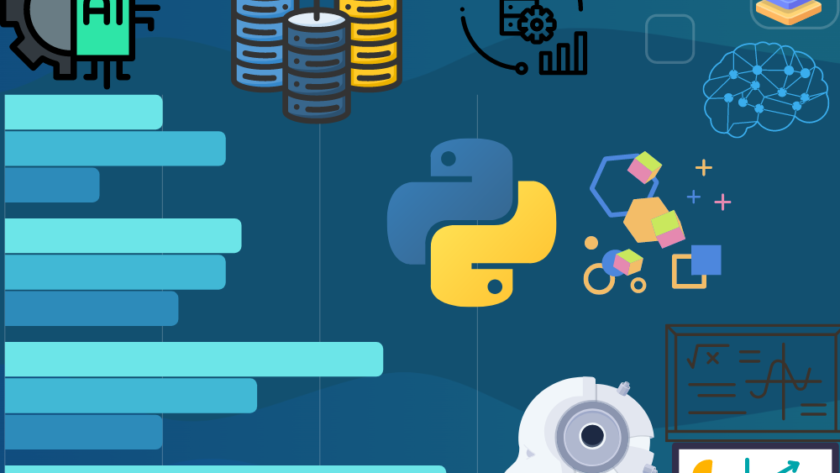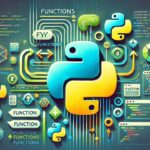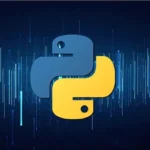Data science has become one of the most important fields in technology, and Python is one of the most widely used programming languages for data science tasks. In this article, we’ll explore the essential tools and techniques in Python for data science, including libraries and concepts every beginner should know.
1. Introduction to Data Science in Python
Python is an ideal language for data science due to its simplicity, vast libraries, and community support. Data science involves analyzing large amounts of data to extract insights and make informed decisions. Python’s data manipulation libraries like Pandas and NumPy are particularly useful for handling and processing data.
2. Key Python Libraries for Data Science
Python’s ecosystem includes powerful libraries for data science, including:
- Pandas: Used for data manipulation and analysis. Pandas makes it easy to clean, transform, and manipulate data in tabular form (DataFrames).
- NumPy: Essential for numerical operations and working with arrays, NumPy enables you to perform mathematical operations on large datasets efficiently.
- Matplotlib and Seaborn: These libraries are used for data visualization. With them, you can create a wide range of plots to help visualize your data and analysis results.
- Scikit-learn: This library is perfect for machine learning, offering tools for regression, classification, clustering, and model evaluation.
3. Data Cleaning and Preprocessing
One of the first steps in any data science project is data cleaning. In Python, libraries like Pandas provide powerful functions to remove missing data, correct data types, and eliminate duplicates. Ensuring that your data is clean and properly formatted is crucial for accurate analysis.
4. Data Visualization Techniques
Data visualization helps you communicate insights and patterns in your data. Matplotlib allows you to create static plots, while Seaborn builds on top of Matplotlib to provide more attractive and complex visualizations, such as heatmaps and violin plots. Visualization is key to understanding data trends and presenting your findings effectively.
5. Introduction to Machine Learning with Python
Machine learning is a major component of data science, and Python provides easy access to a range of algorithms through libraries like Scikit-learn. You can implement machine learning models such as linear regression, decision trees, and clustering techniques with just a few lines of code. Machine learning allows data scientists to build predictive models based on historical data.
Conclusion:
Python is a powerful tool for data science, with a rich ecosystem of libraries and tools that make it easier to clean, analyze, and visualize data. By mastering Python’s data science libraries and techniques, you can work on projects ranging from simple data analysis to advanced machine learning. With practice, you’ll be well on your way to becoming a skilled data scientist.




